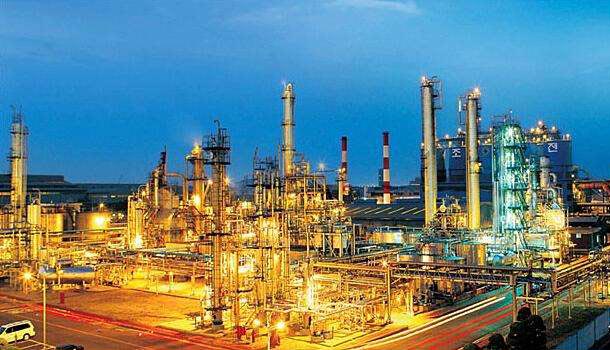Chemical valve selection
Corrosion has long been one of the most troublesome hazards of chemical equipment. A slight mistake can damage the equipment, or even cause accidents or disasters.According to relevant statistics, about 60% of the destruction of chemical equipment is caused by corrosion, so in the selection of chemical valve should first pay attention to the scientific nature of material.There is usually a misunderstanding, that stainless steel is "universal material", no matter what medium and environmental conditions hold out the stainless steel valve, this is a great mistake.

Chemical valve material should be based on the different media, specific analysis of specific problems, not one size
fits all.The following for some common chemical media to talk about the selection of materials:
Sulfuric acid
As one of the strong corrosive medium, sulfuric acid is an important industrial raw material with a wide range of
USES.Different concentration and temperature of sulfuric acid on the material corrosion difference is large, for the
concentration of more than 80%, the temperature is less than 80℃ concentrated sulfuric acid, carbon steel and cast iron
have better corrosion resistance, but it is not suitable for high-speed flow of sulfuric acid, not as the material of the
pump valve;Ordinary stainless steels such as 304 (0Cr18Ni9) and 316 (0Cr18Ni12Mo2Ti) are also of limited use for sulfuric
acid media.Therefore, the pump valve conveying sulfuric acid is usually made of high silicon cast iron (casting and
processing is difficult), high alloy stainless steel (no. 20 alloy).Fluoroplastics have better sulfuric acid resistance,
so using fluorolined valves is a more economical choice.
Hydrochloric acid
The vast majority of metal
materials are not resistant to hydrochloric acid corrosion (including all kinds of stainless steel materials),
molybdenum-containing ferrosilicon can only be used at 50℃, below 30% hydrochloric acid.Contrary to metallic materials,
the vast majority of non-metallic materials have good corrosion resistance to hydrochloric acid, so lined with rubber
valves and plastic valves (such as polypropylene, fluoroplastic, etc.) is the best choice for the delivery of
hydrochloric acid.
Nitric acid
General metal corrosion and damage, mostly in nitric acid was quickly is the most widely used nitric acid resistant
stainless steel material, all to room temperature the concentration of nitric acid have good corrosion resistance, it is
important to note that the molybdenum stainless steel (e.g., 316, 316 l) of nitric acid corrosion resistance not only no
better than ordinary stainless steel (e.g., 304, 321), sometimes even less.For high-temperature nitric acid, titanium and
titanium alloy materials are usually used.
Acetic acid
It is one of the most corrosive substances in organic acid, ordinary steel in all concentrations and temperature of acetic acid will be seriously corroded, stainless steel is an excellent acetic acid resistant material, molybdenum containing 316 stainless steel can also be used for high temperature and dilute acetic acid steam.For high temperature and high concentration acetic acid or containing other corrosive media and other harsh requirements, can choose a high alloy stainless steel valve or fluorine plastic valve.




